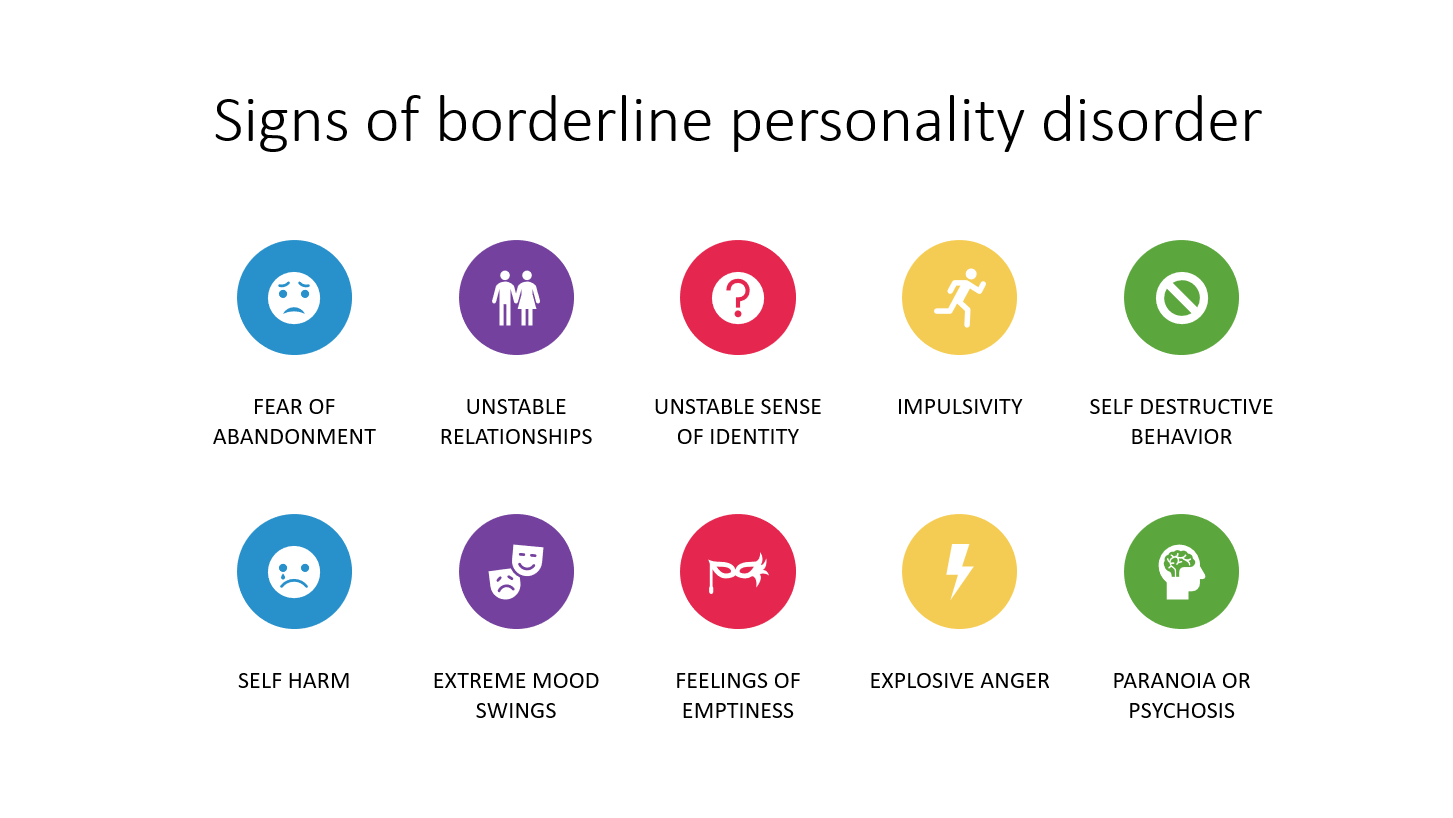|
Getting your Trinity Audio player ready...
|
Managing intense emotions and relationships can be difficult for anyone. But for individuals with borderline personality disorder (BPD), these challenges are persistent and overwhelming—often leading to significant distress, self-harm, and suicidal thoughts. Researchers are now working to identify early warning signs in childhood to allow for earlier and more effective interventions.
“BPD has traditionally been seen as an adult-onset disorder that appears around age 18,” says Dr. Diana Whalen, psychiatry professor at Washington University in St. Louis. “But we now know there are clear developmental risk factors that show up much earlier.”
Adults with BPD often exhibit impulsivity, frequent mood swings, emotional instability, low self-esteem, and difficulty maintaining relationships. Dr. Whalen’s research focuses on identifying early indicators of BPD in children, which may include:
- Suppressing feelings of sadness
- Difficulty identifying and expressing emotions
- Extreme sensitivity to social rejection
- Possessiveness in friendships
“For example,” Whalen explains, “kids at risk for BPD may feel intensely rejected if someone doesn’t say hello at school, and they dwell on it long after others would let it go.”
Her team is also examining whether social media may worsen these emotional responses by prolonging perceived slights and reinforcing negative self-perceptions.
While BPD is not officially diagnosed in childhood, early intervention is key. Dialectical behavior therapy (DBT), a structured form of talk therapy, has proven effective in helping individuals manage emotions and build healthier relationships. Some medications may also assist in managing symptoms.
“Our goal in identifying early signs is to reduce long-term suffering,” Whalen says. “Many adults with BPD describe feeling suicidal or isolated for most of their lives.”
If your child is struggling with emotional regulation or social challenges, Whalen encourages parents to seek guidance from a mental health professional. “You don’t need to wait for a formal diagnosis,” she says. “If you’re seeing troubling patterns by age 8, it’s okay to bring it up with a clinician.”
Early recognition and support can make a meaningful difference in a child’s long-term emotional health.
Signs of borderline personality disorder by MissLunaRose12 on Wikimedia



